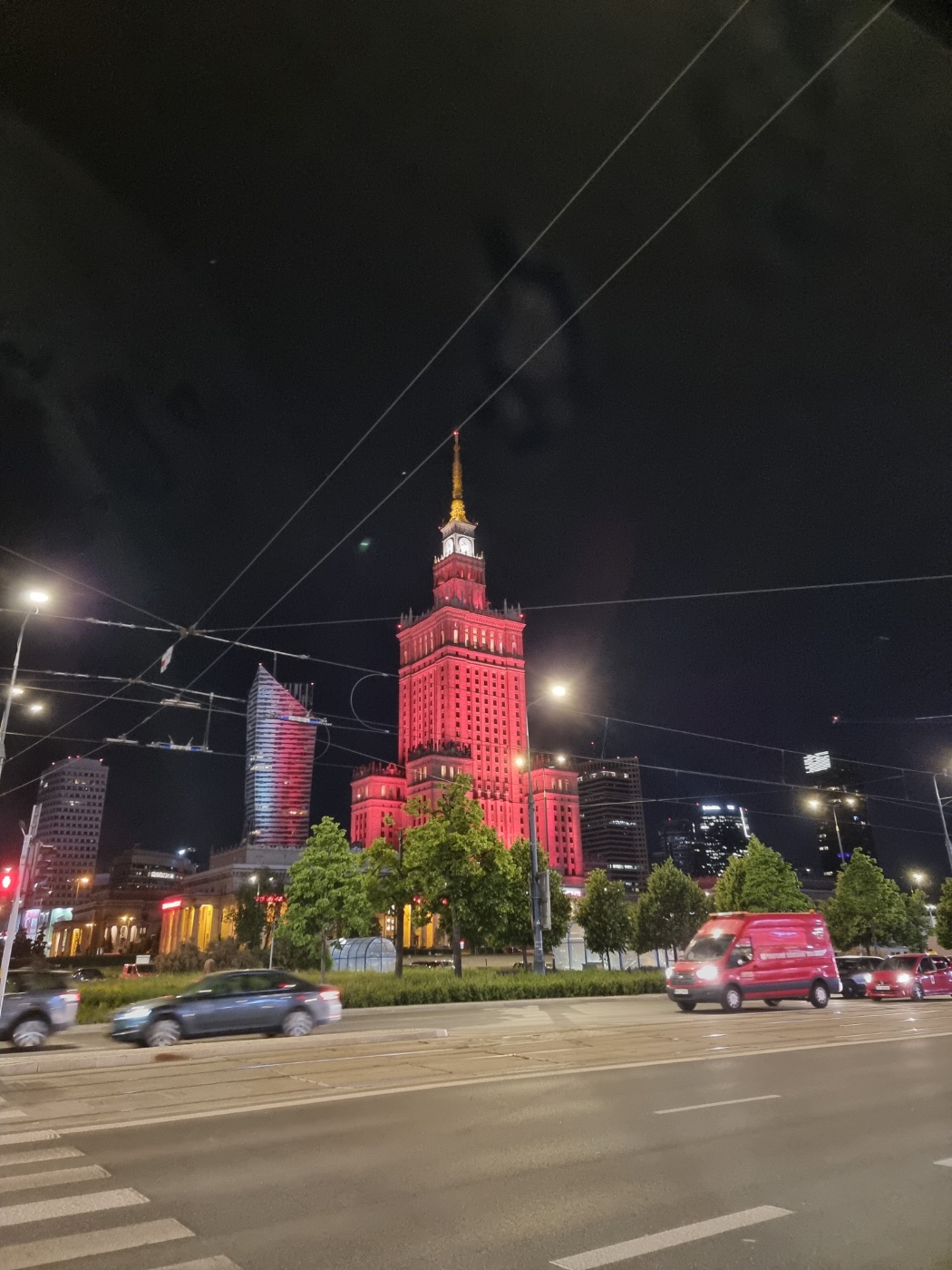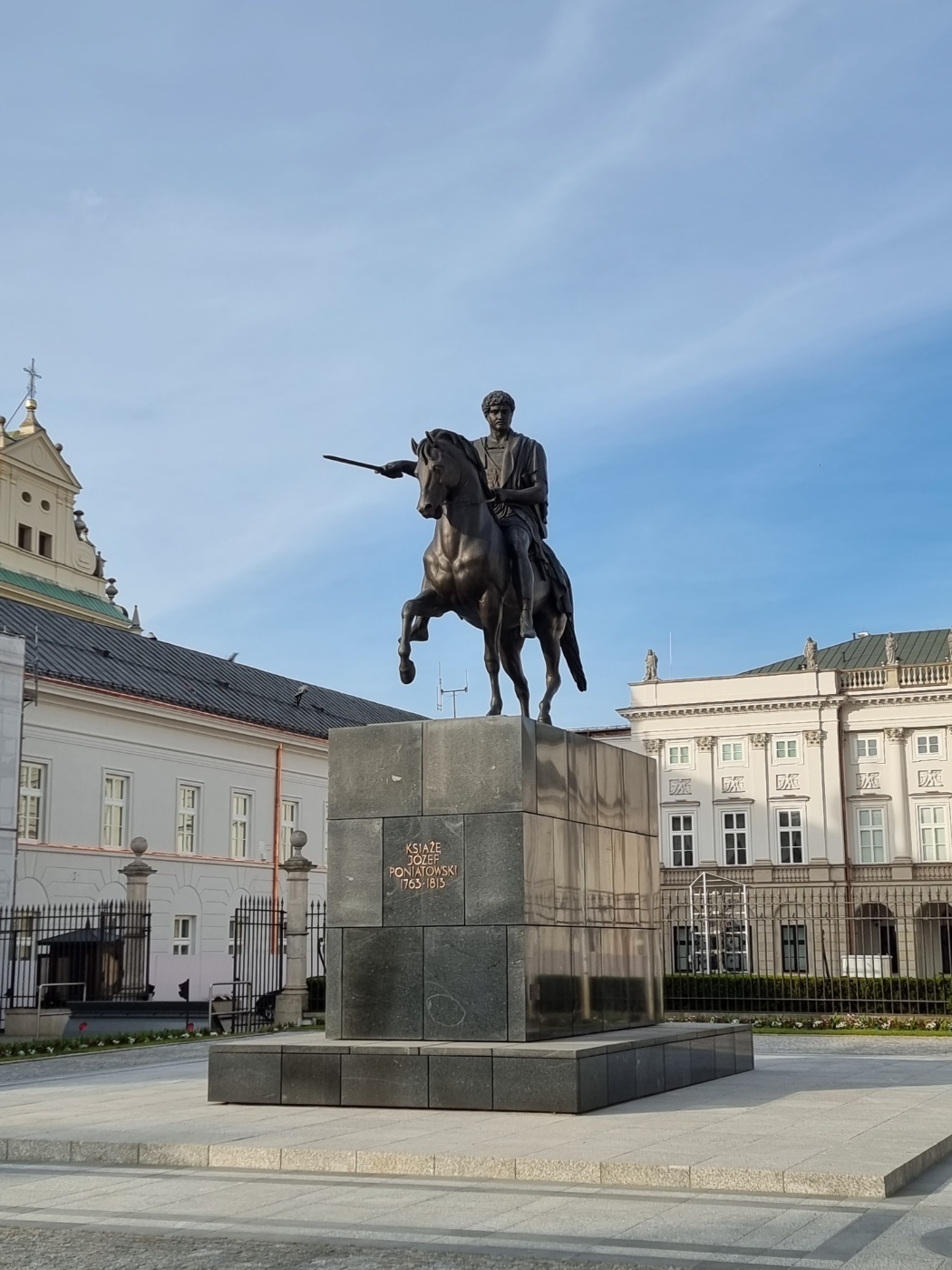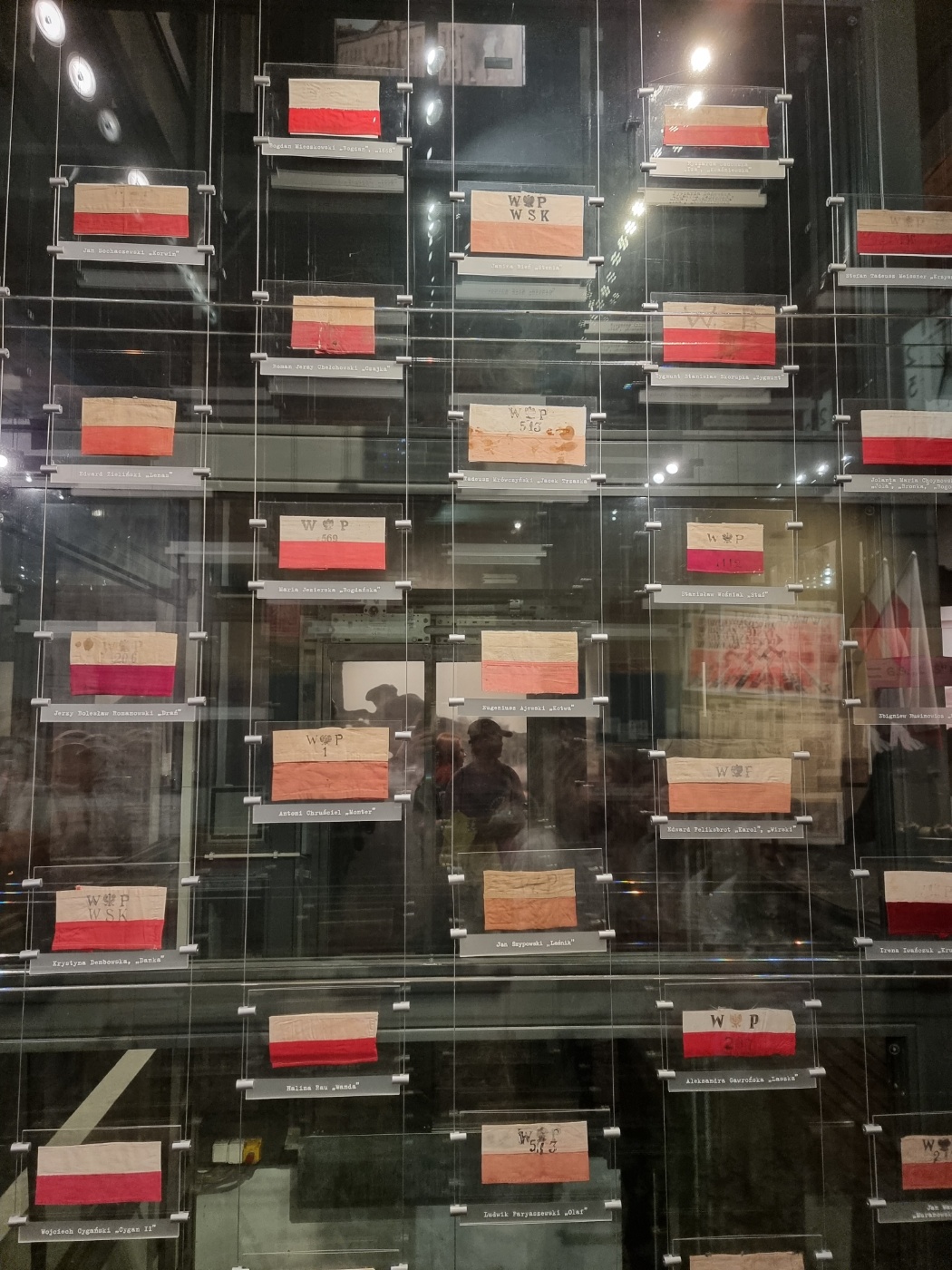Trip in Warsaw, Uprising despite of tragic history
What is the representative architecture of Warsaw, Poland. The Old Town of Warsaw does not look like something really old. It’s an old design, but it won’t give you an old feeling. Warsaw is a city directly destroyed by World War II, probably because most of its buildings have been collapsed and rebuilt.

Figure 1. One of the representative buildings that comes to mind when you think of Warsaw, the Pałac Kulturyi Nauki (PKiN), is a tragic building that makes Polish people feel complicated. It is said that the building was built as a gift by Stalin, who forcibly communized Poland after World War II. In fact, it is so large (237m) that it is said that a building taller than this building was built in Warsaw only recently. This Stalin-style building can also be seen in Moscow, and its design gives people a sense of supression, not just its size.
After the collapse of the Soviet Union, Poland immediately abandoned the communist system. Considering the humiliating things that the Soviet Union did to Poland, it may be deserved to blow it up like the Japanese Government-General of Korea, but as I mentioned before, it is too large a building. It’s such a big building that I can see well, so whenever I saw this building while walking around the streets of Warsaw, I thought about the Polish history.

Figure 2. Poland had a glorious era during a Polish-Lithuanian Grand Duchy. After the kingdom’s collapse, it has actually only gone downhill. Even if the results were not good, there should be respect for the bravery of the Poles in the process. There were statues of various historical figures around Warsaw Old Town, but I felt that Józef Poniatowski in front of the presidential palace was a good representation of Polish history. Many nobles were irresponsible of the crisis in their motherland, but many Poles fought bravely against the crisis in their mother country. Poniatowski stepped up and fought valiantly at every crisis in his country. He also served in the French army to regain his country and rose to one of the 26 French Marshal of Napoleon. It is said that he died in the final rush in the battlefield, which became disadvantageous even though he was brave and competent. And the situation in Poland continued to be bad, as Napoleon, who was favorable to Poland, fell.

Figure 3. The Warsaw Uprising Museum is recommended as a place to see the Polish spirit. Keeping in mind the response of the Soviet Red Army, which finally arrived in front of Warsaw in the late World War II, the Warsaw people uprised bravely against the occupied Nazi army, many of which were unarmed, but failed with numerous casualties. But the Poles built an uprising museum to remember their courage and spirit. The photo shows a sign worn by Warsaw citizens who participated in the uprising at the time.
Enjoy Reading This Article?
Here are some more articles you might like to read next: